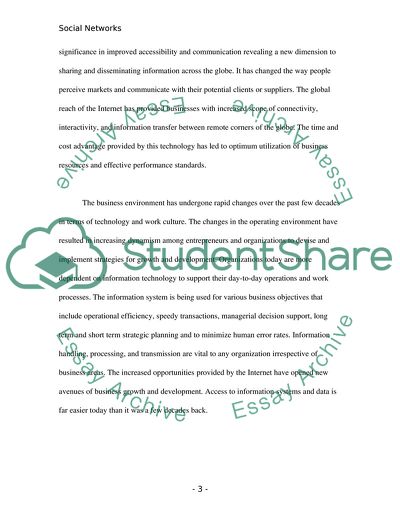Cite this document
(IBM and Employee Centred Social Media Case Study, n.d.)
IBM and Employee Centred Social Media Case Study. Retrieved from https://studentshare.org/media/1730285-how-ibm-integrated-social-networks-into-their-business-information-systems
IBM and Employee Centred Social Media Case Study. Retrieved from https://studentshare.org/media/1730285-how-ibm-integrated-social-networks-into-their-business-information-systems
(IBM and Employee Centred Social Media Case Study)
IBM and Employee Centred Social Media Case Study. https://studentshare.org/media/1730285-how-ibm-integrated-social-networks-into-their-business-information-systems.
IBM and Employee Centred Social Media Case Study. https://studentshare.org/media/1730285-how-ibm-integrated-social-networks-into-their-business-information-systems.
“IBM and Employee Centred Social Media Case Study”, n.d. https://studentshare.org/media/1730285-how-ibm-integrated-social-networks-into-their-business-information-systems.


